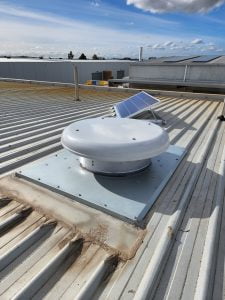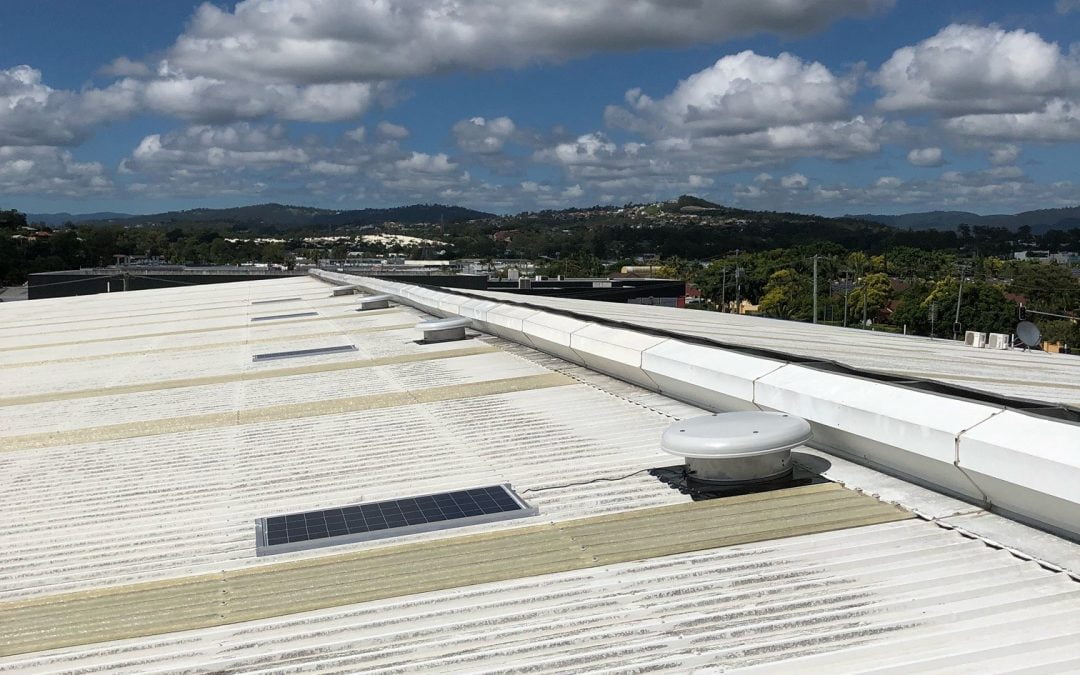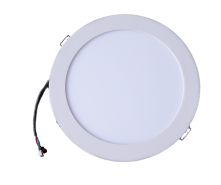Last Updated on October 26, 2022 by Solar Whiz
1. Capacity Ratings In Industrial Roof Ventilators
Capacity is a measurement of airflow generated by the roof ventilator. It measures the volume of air being moved and is shown in Cubic Metres per Hour (m³/h).
This is useful in determining how powerful a roof fan is and how effective it will be at ventilating your industrial establishment. If you have a larger space then you will need a fan with a larger capacity. Additionally, if your business has a lot of working machinery and/or a lot of workers you will need to move more air to maintain air quality.
2. Price Of Industrial Roof Ventilators
Industrial roof ventilators come in almost all price ranges. In many cases, you get what you pay for, but it is easy to pay too much as well.
Cheaper/budget ventilators are a waste of money. They tend to be prone to breaking down and don’t move anywhere near enough air to be effective. You will end up having to repair the roof ventilation unit frequently, if not replacing it all together. The result is a useless industrial roof ventilator that costs more to fix and replace than it did to install.
Highly expensive industrial roof ventilators can often cost a lot to operate and tend to be more inefficient. More high-end industrial roof ventilation products can often be battery or electrically-powered. These massive fans can sometimes use huge amounts of energy that can cost you a lot to maintain. Furthermore, it is not uncommon for these roof ventilation units to be cumbersome and difficult to install and maintain.
3. Noise Of Industrial Roof Ventilators

For example, if your business already operates a lot of loud machinery you may not be as concerned about the noise from your industrial roof ventilation unit. However, the noise from these fans will be constant, unlike most machinery being used. Keep this in mind when considering product specifications.
It is important to note that in a commercial setting, industrial roof ventilators will most often be installed on a warehouse roof, high above operations. The sound the unit makes will be localised to where it is installed and won’t really have much of an impact on activities happening way below. Solar Whiz’s industrial solar roof fans operate between 70-73 Decibels, that’s around the same amount of sound that a vacuum cleaner might make. When you consider that this noise will be made on top of a roof, you realise that noise level is not much of a concern for our products.
4. Accessories With Industrial Roof Ventilators
When considering ventilation products you should consider the company’s ability to customise the installation to your needs. One way to do this is to include accessories.
For example, at Solar Whiz we offer mains-powered backup systems that allow our solar-powered industrial roof ventilation units to run overnight, or to operate at full capacity in overcast conditions. This is an optional accessory because we recognise that some customers won’t need an overnight operation. Our industrial solar roof fan still moves significant amounts of air even in low-sun conditions so in many cases it won’t be necessary to ‘boost’ ventilation.
We also offer thermostatic controls that let you control when the system operates. This can be used to automatically turn the system on or off when certain temperatures are reached. It can also be used to manually turn your industrial solar roof fan on or off.
If the company you are looking at doesn’t tailor the installation to your specific circumstances and needs, we recommend looking elsewhere. Don’t settle for a ‘one-size-fits-all’ approach!
What Are The Different Kinds Of Industrial Roof Ventilators?
Now you know what specifications to be looking out for, now you might ask what kinds of industrial ventilation options are there?
1. Wind Turbines
Wind turbines for roof ventilation are more commonly known as whirlybirds. They are wind-powered vents that operate by extracting inside air when their blades are spun in the wind. This spinning action creates a vacuum that extracts hot air.
Wind turbines are not usually the most suitable ventilation option because they rely on erratic wind and don’t have high capacities. If you want to read more about whirlybirds, check out our other blog posts:
- 6 Surprising Facts About Whirlybirds
- How Effective Are Whirlybirds At Cooling A Roof?
- Why Whirlybirds Suck
- The Advantages and Disadvantages of Whirlybirds
2. Power Vents
Powered roof vents are industrial ventilators that operate using mains electricity. This can be expensive in both operating and installation costs. These units can be bulky and difficult to get installed on a roof, which drives up the cost. They can also require a lot of energy to operate.
Powered vents tend to be less efficient than industrial solar roof fans because they need more energy to move the same amount of air. Sellers often argue that these solar roof fans are better because they offer more customisation and can run at night. However, at Solar Whiz, we also offer a great degree of customisation and even a night operations kit!
3. Solar Roof Fans
Solar-powered industrial roof fans are the perfect hybrid of powered ventilation and free-to-run operation. Solar Whiz offers 2 powerful industrial solar roof fans:
- SW-AU-C-110,
- SW-AU-C-155,
These solar roof fans can run completely without operation costs, whilst maintaining a capacity of up to 10,000 m³/h. Our solar roof fans are comparatively light and uncomplicated next to traditional powered roof vents, making them vastly easier to install. This will save you on installation costs.
They also don’t rely on passive ventilation like wind turbines or whirlybirds. Solar Whiz will operate without cost at all times during the day, even in overcast conditions! Our solar roof fans for industrial applications can also include a night operations pack that can back up the system using mains power. The benefit of this is that you can ‘top up’ the unit during the day, and run it at night. We have worked hard to ensure that the fans only extract as much energy as they need. Because of their light and efficient design, even when they run completely on mains power they use minute amounts of electricity. Get in contact with us to hear more about it!
Frequently Asked Questions
Do roof ventilators work?
Roof vents are crucial because they increase the lifespan of your roof, lower energy expenses, and lower extreme indoor temperatures. Additionally, they prevent your shingles from damage and cracking.
How do I get heat out of my roof?
Install attic fans and solar-powered ventilators to effectively remove hot air from the attic. Solar roof ventilator has an optional thermostat that you can set when the fans turn on and off automatically. Alternatively, install passive vents which are openings in the roof that allow hot air to escape, such as eaves, ceilings, and gable vents.
What is the best way to ventilate a roof?
Insert Roof Vents
Typically, roof vents are placed where the attic’s air naturally rises, at the pinnacle of the roof. You may avoid heat accumulation and condensation by installing roof vents in your attic to ensure warm, moist air can escape. Your roof vents need to be frequently inspected to make sure they are debris-free.
What happens if a roof is not vented?
According to reports, inadequate or nonexistent ventilation might result in attic temperatures reaching 150 degrees or more throughout the summer. That may result in shingles and other roofing components being damaged, condensation build-up, and the growth of mildew and mould.
Why is roof ventilation important?
Roof vents allow warm, humid air from the living rooms to exit your roof cavity rather than condensing and creating issues. In that way, Solar Whiz can help to keep your roof structure safe and enhance wintertime thermal performance. In the summer, ventilation will keep your roof space from getting too hot.




